Sign up for workout ideas, training advice, reviews of the latest gear and more.

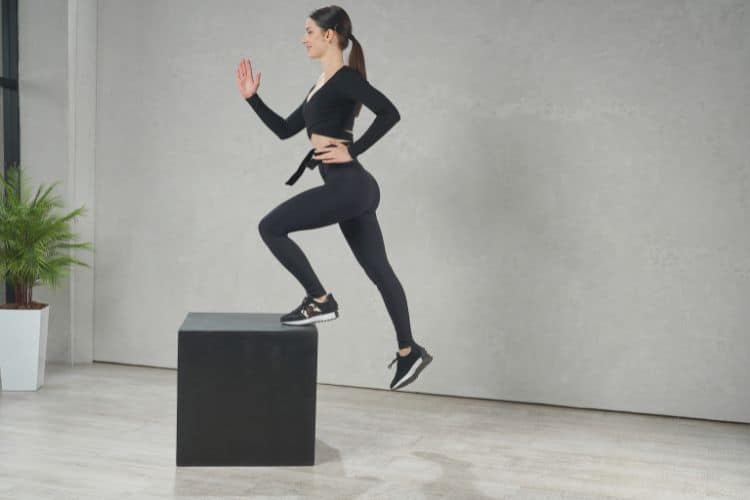
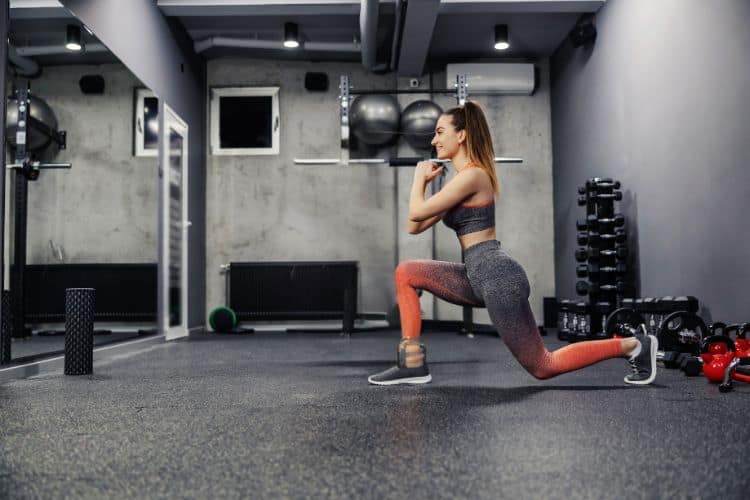
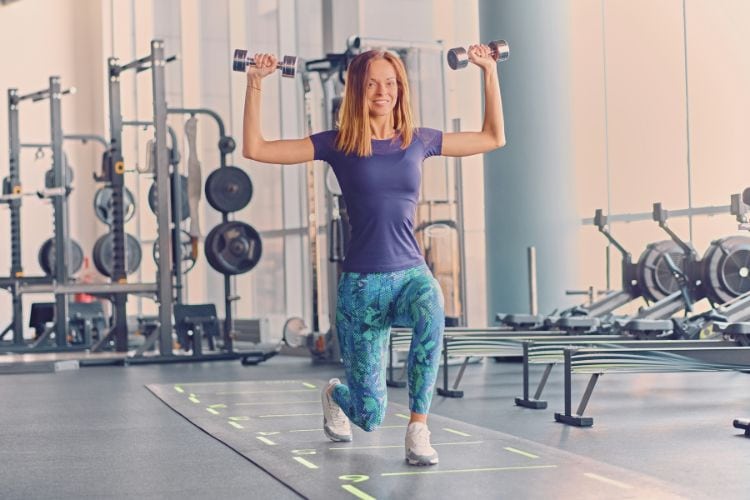
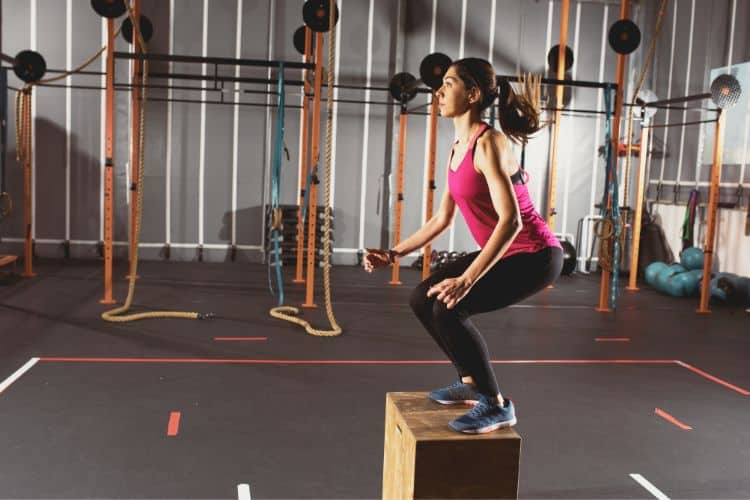
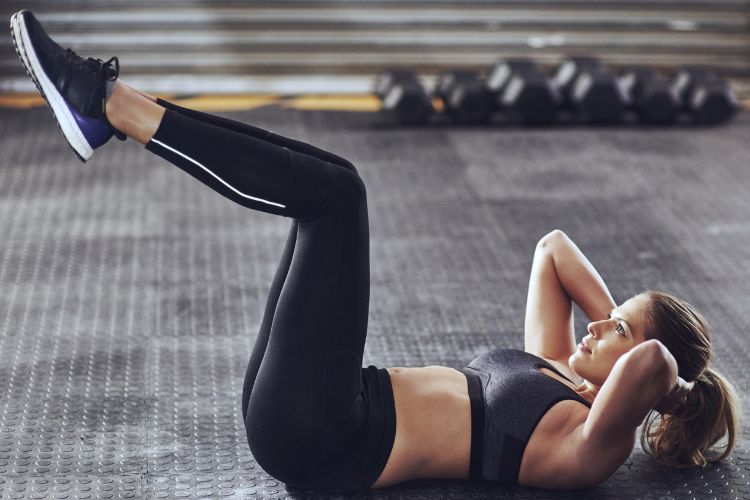
Reverse crunches are one of the most effective core exercises you can perform to target your lower abdominal muscles. Unlike traditional crunches that often focus on the upper abs, reverse crunches emphasize the lower abs, making them a vital component of any well-rounded core training routine. Whether you’re working out at home or in the gym, reverse crunches can help you build a stronger, more defined midsection.
In this comprehensive guide, we’ll cover everything you need to know about RC: benefits, proper form, variations, workout routines, common mistakes, and tips for maximizing your results.
Reverse crunches are a bodyweight ab exercise that targets the lower abdominal muscles by lifting the hips and legs toward the chest. This movement contrasts with regular crunches, where the shoulders and upper back lift off the floor. RC shift the focus downward, activating the transverse abdominis and rectus abdominis more efficiently.
When performing a RC, you lie flat on your back with your legs lifted and knees bent. You then contract your abs to lift your hips off the ground and curl your knees toward your chest. This motion strengthens the core, improves pelvic stability, and enhances overall abdominal development.
Reverse crunches offer a variety of benefits for both beginners and advanced athletes. Here are the most notable advantages of incorporating them into your routine:
The biggest benefit of RC is their ability to isolate and strengthen the lower portion of the rectus abdominis. This area is often difficult to engage with traditional ab exercises, making reverse crunches essential for complete abdominal development.
By engaging the deep core muscles, RC enhance stability throughout the torso. A strong core supports posture, balance, and movement control in daily life and athletic performance.
Unlike traditional crunches that can strain the lower back if performed incorrectly, reverse crunches focus on hip and pelvic movement, which may reduce the risk of lower back pain and discomfort.
Reverse crunches are bodyweight exercises, so you can perform them anywhere—at home, in the gym, or even while traveling. All you need is a soft surface or exercise mat.
Performing reverse crunches with the correct form is key to avoiding injury and maximizing benefits. Follow these steps:
While reverse crunches are effective, many people make form mistakes that reduce their benefits. Watch out for the following:
Jerking the legs or swinging the hips uses momentum, not muscle. This reduces activation of the abs and increases the risk of injury.
If your lower back arches off the floor, you’re not engaging your core properly. Always press your back flat into the mat to protect your spine.
Your legs should follow the motion of your abs. Don’t try to pull with your hip flexors—let your abs do the work.
If you’re ready to switch things up or make RC more challenging, try these effective variations:
Hold a dumbbell between your feet or use ankle weights to add resistance. This increases the intensity and helps build more muscle.
Perform the movement on a decline bench. Gravity adds extra resistance, especially during the lowering phase.
Place a small stability ball between your knees while performing the exercise. Squeezing the ball activates the inner thighs and adds core engagement.
Hang from a pull-up bar and curl your knees toward your chest. This advanced version significantly challenges the lower abs and grip strength.
After curling your knees toward your chest, extend your legs out straight before lowering them. This variation combines RC with a leg lift for a serious burn.
Add these RC routines to your ab workout or full-body training program. Tailor the volume to your fitness level.
You can add RC to your workout routine 2–4 times a week, depending on your goals. Here are some options:
Do 3–4 sets of reverse crunches at the end of your strength training or cardio session. This gives your abs a final burn and supports core strength development.
Pair RC with an upper ab or oblique exercise. Example:
Example full ab circuit:
You might wonder how RC compare to traditional crunches. Let’s break down the key differences:
| Feature | Reverse Crunch | Traditional Crunch |
|---|---|---|
| Focus Area | Lower Abs | Upper Abs |
| Movement | Hips up | Shoulders up |
| Equipment | Bodyweight | Bodyweight |
| Difficulty | Moderate | Beginner |
| Risk of Back Strain | Lower | Higher if done incorrectly |
For complete core training, both should be included in your program. However, RC are superior for hitting the often-neglected lower ab region.
Reverse crunches strengthen and define your abdominal muscles, but they don’t directly burn belly fat. Spot reduction is a myth. To see visible abs, you need to combine RC with:
As you lower your overall body fat percentage, the toned muscles from RC will become more visible.
While reverse crunches require no gear, you can enhance your training with the following:
To get the most out of RC, apply these tips:
Slow, controlled reps activate the muscles better than fast, jerky movements. Aim for 2 seconds up, 2 seconds down.
Combine reverse crunches with squats, deadlifts, and push-ups to build overall strength and stability.
Log your reps, sets, and difficulty level. Gradually increase the volume or resistance to keep progressing.
Reverse crunches are a powerful ab exercise that targets the lower abs like few other moves can. They’re versatile, beginner-friendly, and require minimal equipment. When done consistently and with proper form, they help sculpt a strong, lean, and functional core.
Add them to your workout routine, combine them with a healthy lifestyle, and you’ll be on your way to achieving visible abs and better core strength.
Stay up to date on the latest women’s health, fitness and lifestyle trends and tips.